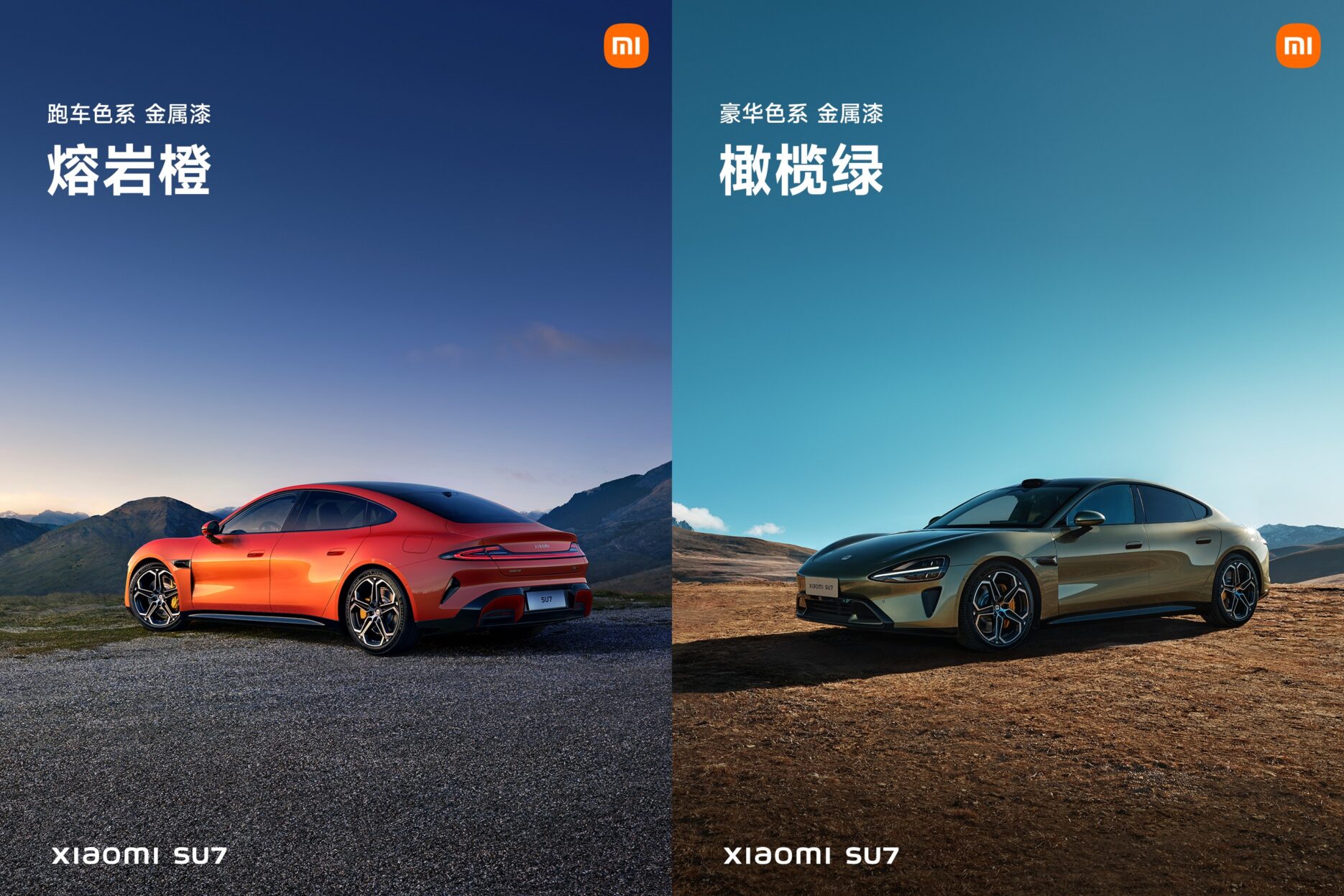Xiaomi, the Chinese tech firm best known as the world’s third biggest smartphone seller, debuted its first electric vehicle last week, the SU7, to great fanfare.
The SU7 signals the arrival of a new major player in an already flourishing market. Another Chinese EV maker BYD overtook Tesla to become the top-selling maker of electric vehicles worldwide. But Xiaomi, which currently holds a 12% share of the smartphone market, offers something distinct: a “smart and connected life experience everywhere” through a shared operating system across its phones, smart home devices, and now cars.
“Xiaomi’s car officially debuts, the real revolution in smart cars has officially begun, and China will surely give birth to a great company like Tesla,” Xiaomi CEO and founder Lei Jun said during a ceremony to mark the first deliveries of the car.
In just one week since officially launching the SU7, Xiaomi has already received 100,000 orders for the car, though some buyers will have to wait up to 6 months to receive it.
Most importantly, though, the price of the SU7 was lower than expected, with the standard model retailing at 215, 900 RMB, compared to the anticipated range of 250,000 RMB to 370,000 RMB.
Other Chinese automakers from Geely to Xpeng are now rushing to ensure they won’t be squeezed out by the hype generated by the Xiaomi SU7, either by slashing their prices or launching other special offers. Nio is offering a 10,000 RMB discount to customers who cash in their old gasoline cars, for example, while Xpeng, Changan, Aito and Geely have all lowered the prices of popular models.
The price reductions are part of a price war that has been raging in China’s EV market since last year, partly due to the plunging costs of raw materials needed for EV batteries, which are expected to continue to drop. At the same time, demand is slowing and many EV owners in lower-tier cities say they plan to switch back to conventional cars due to insufficient charging infrastructure.









